My team uses different project management tools for more complicated projects like Zoho Project, Zoho Sprint, Asana, Trello, Jira, Github or MS Project or simple Excel sheets.
We specialize in:
- advanced applications development – CRM, ERP
- advanced website’s development that uses many other applications, widgets, e-commerce tools
- Magento/Shopify/Woocomerce/Wordpress project management
- Requirements gathering
- Online shop migration to a new platform
- CRM migration
- implementations of changes to the website/e-shop based on audit recommendations by working with good developers and programmers
The project management is my key skill and expertise. I successfully finalized hundreds of projects – small ( 1-month duration or 2 years long), including business projects, business processes transformation, implementation of new IT technologies, an expansion of existing applications, and the implementation of innovative solutions.
Urszula Urban, Managing Director
Our Expertise
Project Management Coaching
- If you plan to integrate your corporate website with an online shop,
- if you plan to build a multi-platform for all your business activities – like your time reservation with online shop and payments, integration with your accounting system or warehouse system, integration with online auctions.
- if you plan to build your own CRM or ERP and you don’t know what to choose,
- if you want to migrate to another CRM or ERP
We can help you. We know many technologies and frameworks that can be used: PMP, Prince 2 Foundation, Agile framework, and Scrum.
External Project Manager
Our team members use Prince 2, PMP, Agile, and Scrum methodology.
We use them daily in the projects, as well as our tools and best practices.
Every project is different and requires a unique approach.
We guarantee that working with us and using project management tools will lead to the success of your projects.
Trainings
We offer a custom project management training. Simply contact us.
1 day training for 1-9 people – ca. $2,000
1 day training for 10-50 people – ca. $6,000
We use popular project management frameworks for IT and business project:
1. Waterfall:
– A linear and sequential approach.
– Best suited for projects with well-defined requirements.
– Each phase must be completed before the next begins.
2. Agile:
– An iterative and incremental approach. We use it in most projects
– Focuses on flexibility and customer feedback.
– Common methodologies under Agile include Scrum, Kanban, and Lean.
3. Scrum:
– A subset of Agile.
– Emphasizes collaboration, accountability, and iterative progress towards a well-defined goal.
– Uses sprints (time-boxed iterations) and daily stand-up meetings.
4. Kanban:
– Another subset of Agile.
– Focuses on visualizing tasks using a board (physical or digital).
– Aims to improve process efficiency by managing workflow.
5. PRINCE2 (Projects IN Controlled Environments):
– A process-based method.
– Emphasizes clear steps, defined roles, and responsibilities.
– Scalable and suitable for various project types.
6. PMI’s PMBOK (Project Management Body of Knowledge):
– Provides a set of standard terminology and guidelines.
– Covers various aspects of project management including integration, scope, time, cost, quality, HR, communication, risk, procurement, and stakeholder management.
7. DevOps:
– Combines software development (Dev) and IT operations (Ops).
– Aims to shorten the development lifecycle and provide continuous delivery with high software quality.
These frameworks provide various approaches and tools for managing projects, each with its own strengths and suitable use cases depending on the project requirements, team size, and industry.
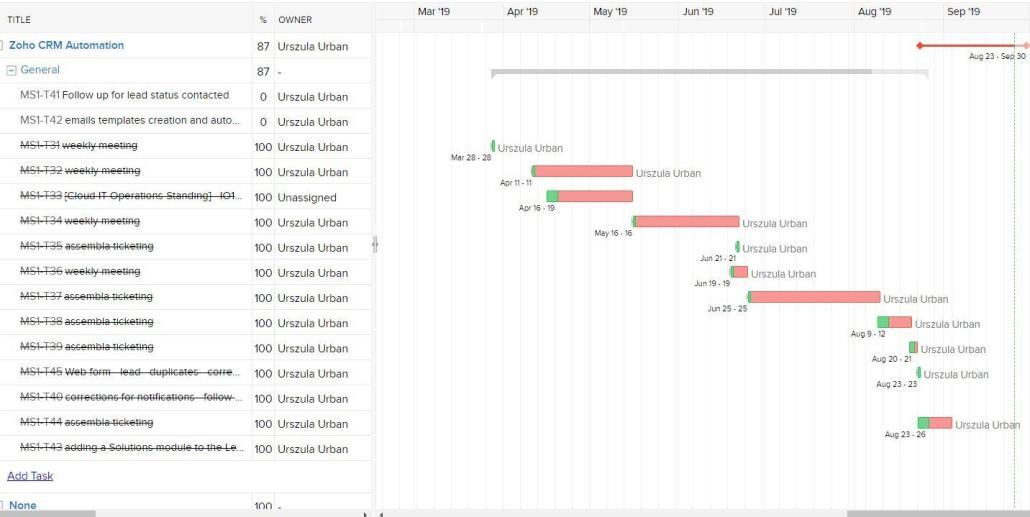
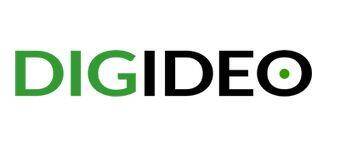
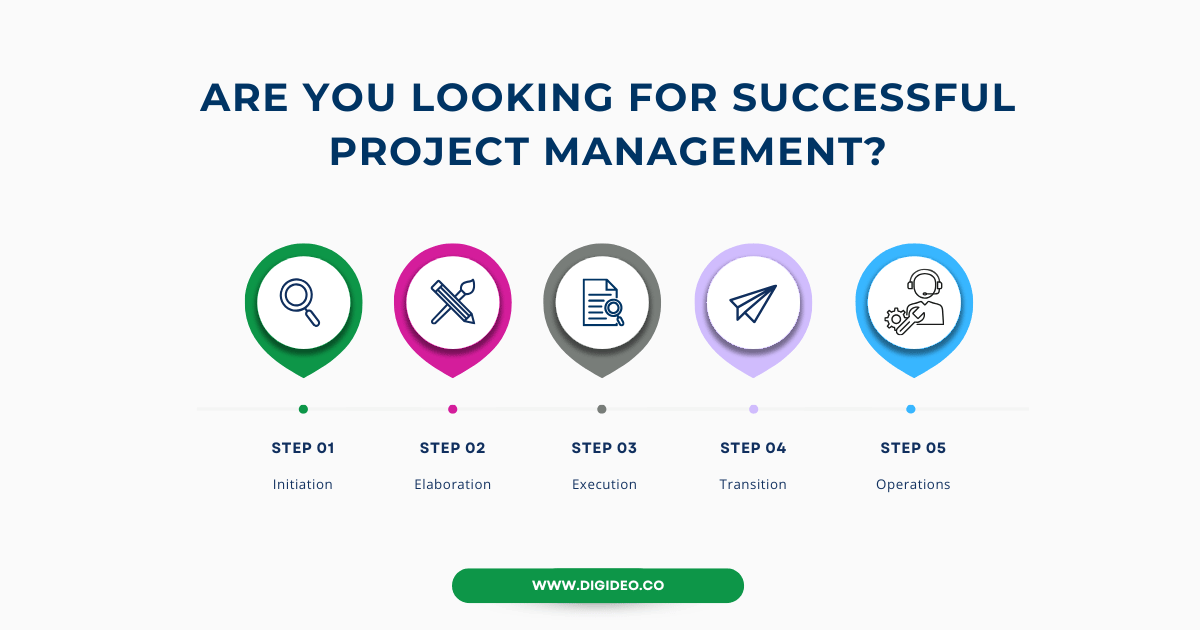
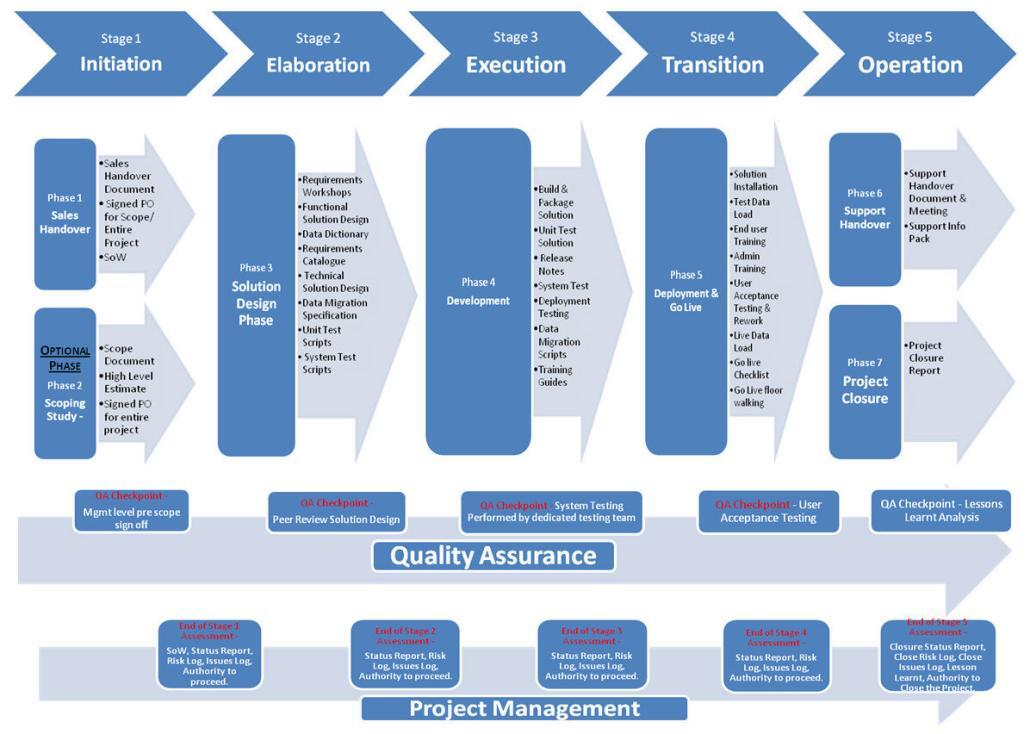
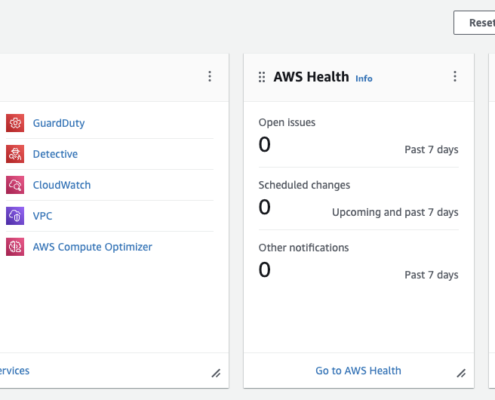
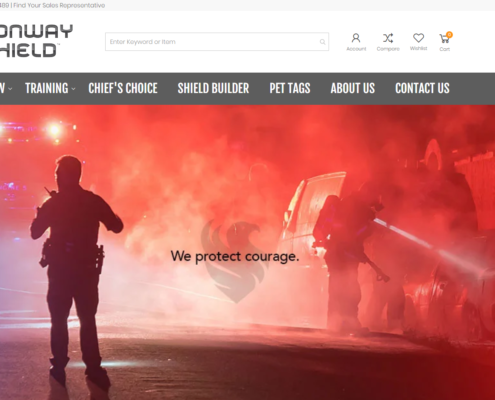 Digideo
Digideo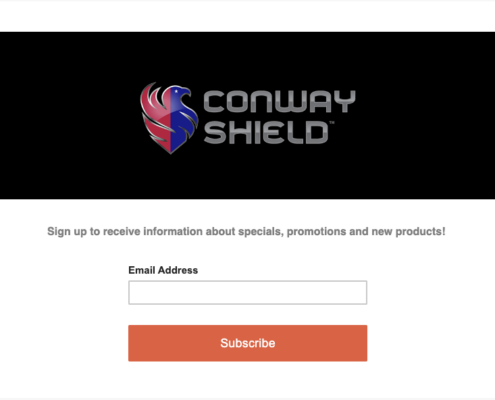
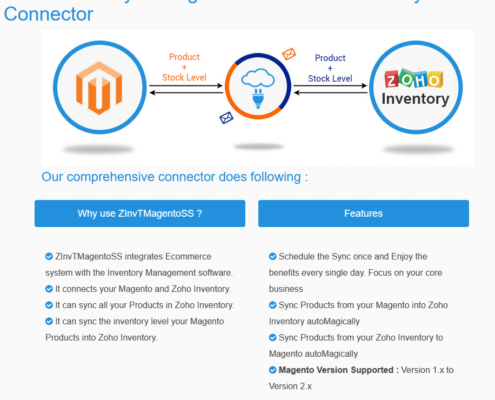
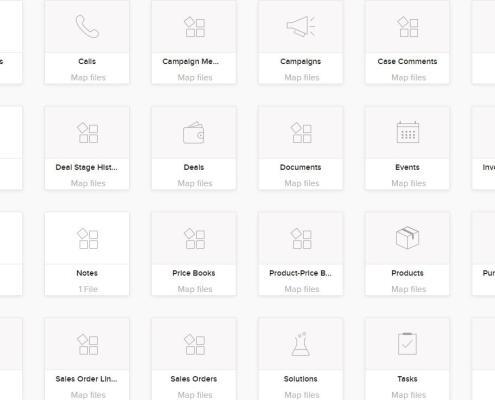
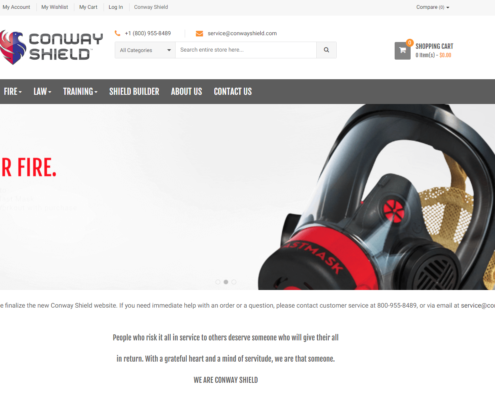 Digideo
Digideo